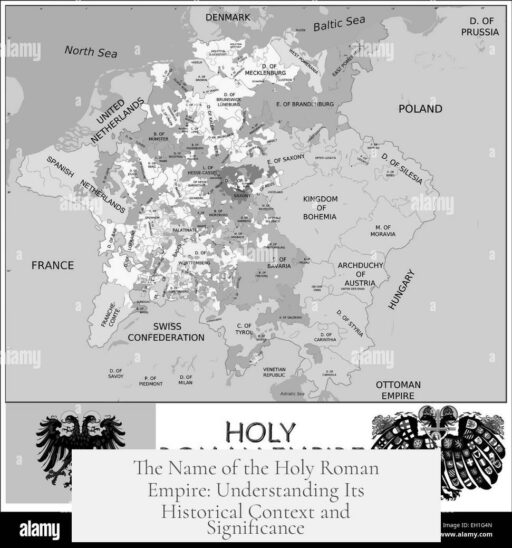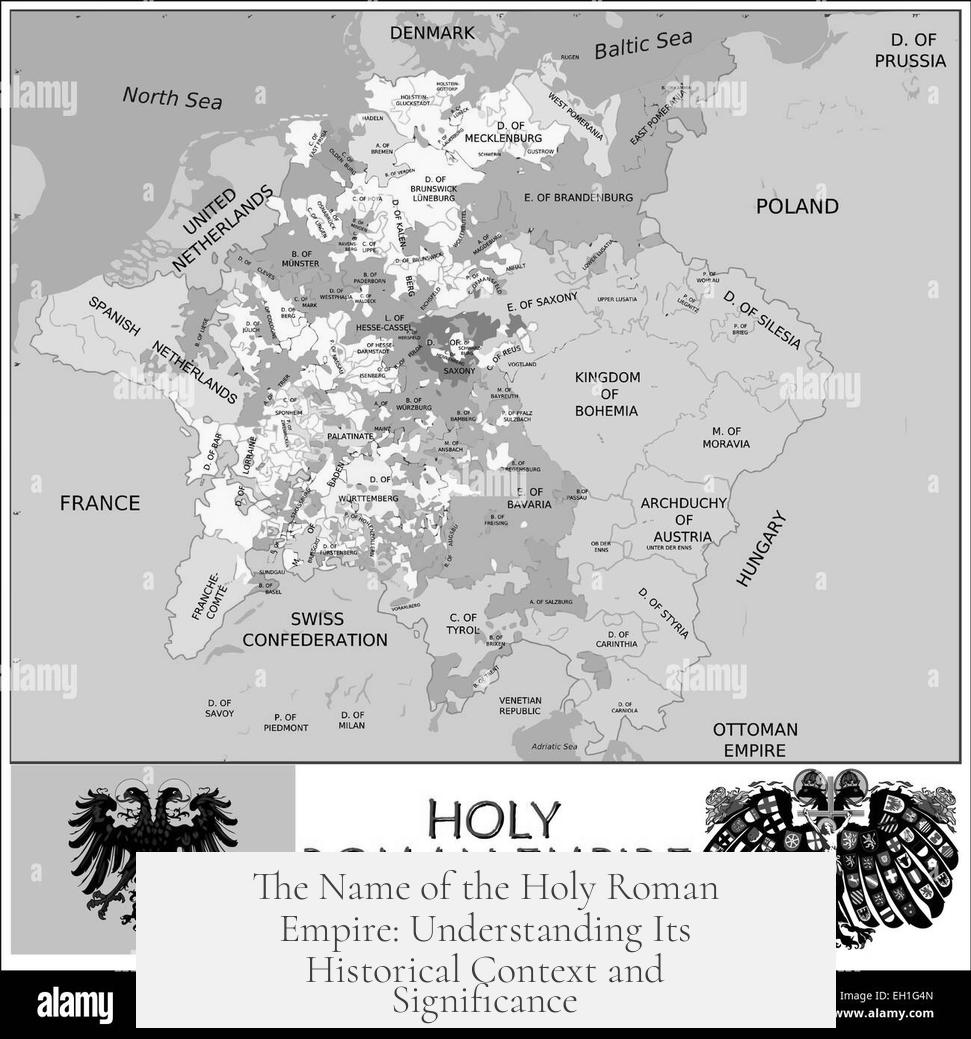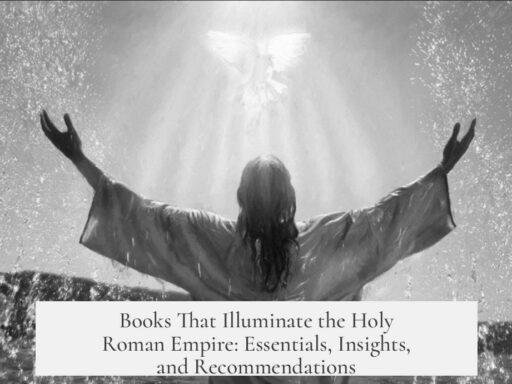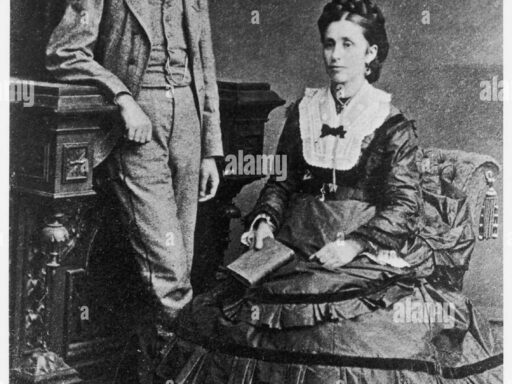The Holy Roman Empire is called so because it claimed to be the legitimate continuation of the ancient Roman Empire, though it did not always control the city of Rome itself.
This designation reflects historical legacy rather than geographical reality. When Charlemagne was crowned Emperor in 800 AD, his empire included Rome. At that time, the empire covered large parts of Western Europe, and Rome fell within its territorial reach. However, as centuries passed, the city of Rome and its immediate region came under the direct control of the Papacy, separating it politically from the Holy Roman Empire.
The empire’s name stemmed from the idea of continuity with the Western Roman Empire that had collapsed in the 5th century. The Holy Roman Empire’s rulers viewed themselves as successors of the ancient Roman emperors, reflecting both religious authority (the term “Holy”) and the imperial tradition (“Roman Empire”).
Despite the geographic shift, the “Roman” element in the title symbolizes the transfer of imperial authority. The empire considered itself the protector and rightful inheritor of Roman law, culture, and Christian legitimacy. This conceptual continuity was more important than actually controlling Rome.
- Charlemagne’s coronation by Pope Leo III in 800 AD marked a revival of the Roman imperial title in the West.
- Charlemagne’s empire included Rome initially, but over time Rome became the Papal States, independent of imperial control.
- The emperors adopted the title “Romanorum Imperator et Semper Augustus” (Emperor of the Romans and Always Augustus), emphasizing their claim to Roman imperial legacy.
Early medieval politics played a critical role in shaping this naming. The Pope crowned Charlemagne emperor partly as a political move against the Eastern Roman (Byzantine) Empire, which still claimed to be Rome’s successor but was ruled from Constantinople, far from the city itself.
Pope Leo III supported this by endorsing documents like the “Donation of Constantine,” a forged text claiming Constantine the Great had granted the pope authority over the Western Roman Empire. This document provided a theological and political justification for the pope’s role in crowning and legitimizing emperors.
This symbolism was not unique to the Holy Roman Empire. The Eastern Roman Empire (Byzantine Empire) kept calling itself Roman (“Basileus kai Autokrator ton Rhomaion”), even without controlling the city of Rome, because it saw itself as Rome’s continuation. The Holy Roman Empire mirrored this approach but from a Western Christian perspective.
The practical control of Rome shifted through centuries of complex political struggles. The Papacy sought protection from the Frankish rulers because the Eastern Roman Empire, focused on defending against Arab invasions, could not defend Rome effectively. Charlemagne’s crowning responded to this need and helped establish Western imperial authority.
However, relations between the emperors and popes were tense. The emperors viewed Rome and the Papal States as part of their realm. Meanwhile, the popes aimed to maintain independence for their territories.
- By around 1500 AD, the Papal States were widely recognized as an independent realm, separate from the Holy Roman Empire.
- This independence lasted until the modern diplomatic system fully developed.
The Holy Roman Empire endured in this form until 1806 when Napoleon dissolved it during his conquests. Despite never fully controlling Rome after Charlemagne’s era, the empire’s legacy as the “Holy Roman Empire” persisted because of its self-image as the protector and heir of Roman imperial and Christian authority.
| Aspect | Explanation |
|---|---|
| Why “Holy”? | Reflects the empire’s connection to the Christian Church and divine authority. |
| Why “Roman”? | Claims succession from ancient Rome, representing continuity of imperial legitimacy. |
| Why “Empire”? | Indicates its structure as a large, multi-ethnic realm ruled by an emperor. |
| Presence in Rome | Initially included Rome under Charlemagne, but Rome later became independent Papal territory. |
Key points:
- The Holy Roman Empire claimed to continue the legacy of the ancient Roman Empire.
- It included Rome at its founding in 800 AD under Charlemagne.
- Rome later became the independent Papal States, separate from the empire’s political control.
- “Roman” refers to imperial legitimacy, not geography.
- Papal politics and forged documents like the Donation of Constantine helped justify the emperor’s title.
- The Eastern Roman Empire (Byzantine) also called itself Roman without controlling Rome.
- The Holy Roman Empire’s name reflects identity, history, and religious authority more than territorial reality.




